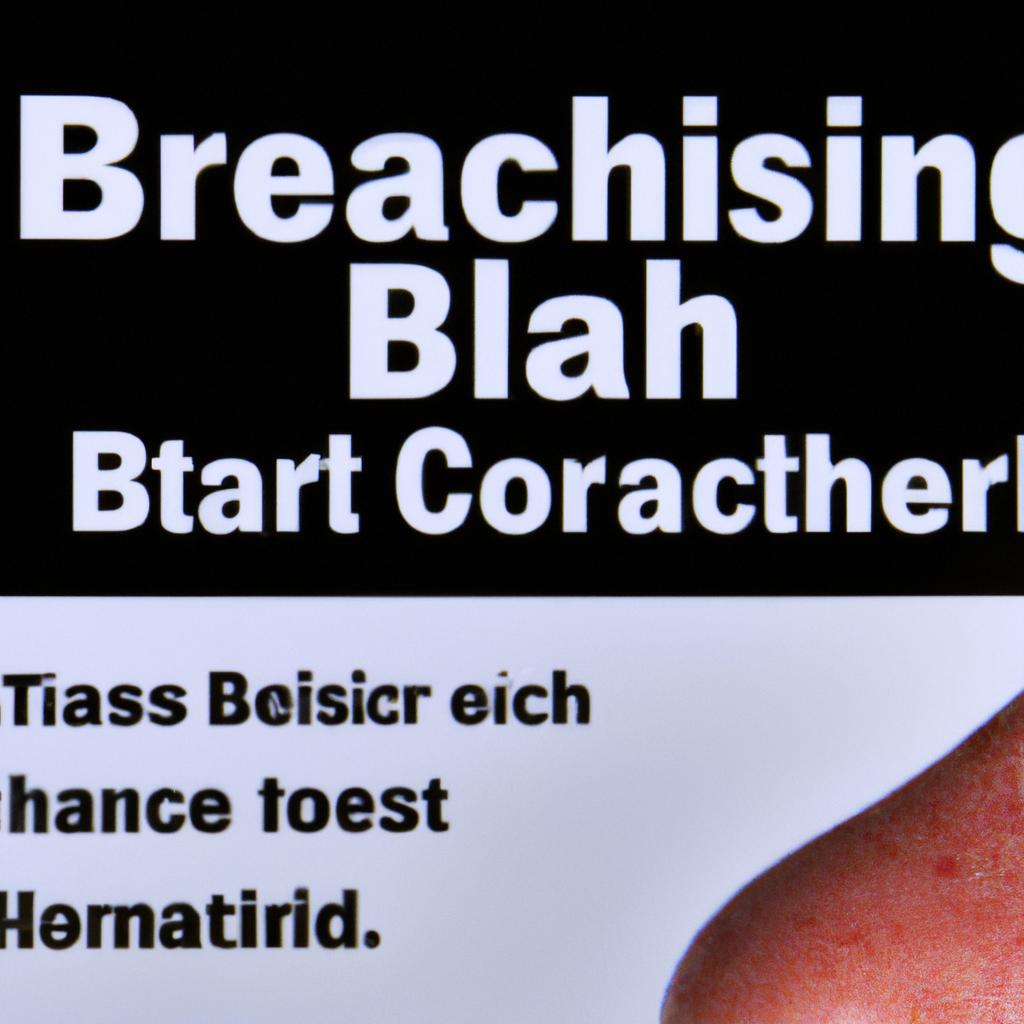**”Harnessing Breath Control: Exploring Advanced Breathing Techniques in the Wim Hof Method for Enhanced Stress Resilience and Mental Clarity”**
Harnessing Breath Control: Exploring Advanced Breathing Techniques in the Wim Hof Method for Enhanced Stress Resilience and Mental Clarity
In our fast-paced world, where stress is often an unwelcome companion, finding effective techniques to enhance mental clarity and resilience is crucial. The Wim Hof Method (WHM) has gained attention not only for its unique combination of breathing techniques, cold exposure, and commitment to mental focus but also for its profound impact on physical and mental well-being. This blog post delves into advanced breathing techniques within the WHM, highlighting their benefits and providing practical advice for incorporating them into your daily routine.
Understanding the Wim Hof Method
What is the Wim Hof Method?
The Wim Hof Method is a holistic approach to wellness developed by Dutch extreme athlete Wim Hof, also known as “The Iceman.” It combines three pillars: controlled breathing, cold exposure, and commitment (mindset). These interconnected practices are designed to enhance physical and mental performance, ultimately leading to increased stress resilience and improved mental clarity.
The Role of Breath Control
At the core of the WHM lies breath control, which is not only a technique for managing physical responses but also a powerful tool for mental transformation. Advanced breathing techniques within the WHM focus on manipulating oxygen levels in the body, thereby affecting overall energy levels and emotional states. By learning to control your breath, you can tap into your body’s natural ability to promote relaxation and clarity.
Advanced Breathing Techniques in the WHM
The Fundamentals of WHM Breathing
The WHM breathing technique consists of a series of controlled inhalations and exhalations. The foundational practice involves taking 30 quick, deep breaths followed by a prolonged exhalation and breath retention. This cycle is repeated for several rounds, ultimately leading to increased oxygen levels in the body. However, advanced practitioners can modify this basic routine for enhanced effects.
Extended Breath Retention
One advanced technique is the practice of extended breath retention. After the last exhalation in a breathing round, hold your breath for as long as comfortable. This practice not only stimulates the body’s natural defenses but also cultivates mental focus. Furthermore, extended breath retention can enhance your ability to tolerate discomfort, a key component of stress resilience. It teaches you to remain calm under pressure, thereby improving your overall mental clarity.
Box Breathing for Focus and Calm
Another advanced technique is box breathing, where you inhale, hold, exhale, and hold your breath again for equal durations. For example, inhale for four counts, hold for four counts, exhale for four counts, and hold for four counts. This practice is particularly beneficial during stressful situations, as it helps regulate the nervous system. Consequently, box breathing can improve focus and calm your mind, making it an excellent tool for enhancing mental clarity.
Nutrition Tips to Complement WHM Practices
In addition to breathing techniques, nutrition plays a vital role in supporting your journey toward enhanced stress resilience and mental clarity. Here are some nutrition tips that can complement your WHM practice:
Hydration is Key
Proper hydration is essential for optimal brain function and physical performance. Therefore, aim to drink plenty of water throughout the day. Herbal teas, especially those with calming properties like chamomile or peppermint, can further support relaxation.
Nutrient-Dense Foods
Incorporate nutrient-dense foods rich in omega-3 fatty acids, antioxidants, and vitamins. Foods like fatty fish, nuts, seeds, leafy greens, and berries can help reduce inflammation and support brain health. Moreover, a balanced diet can enhance the results of your WHM practice.
Exercise Advice for Enhanced Resilience
Physical activity is another critical component of stress resilience. Combining WHM breathing techniques with regular exercise can amplify their benefits. Here are some exercise tips:
Combine WHM with Movement
Consider incorporating WHM breathing techniques into your workout routine. For instance, practice deep breathing before and after your workouts to enhance your performance and recovery. This approach can help you stay focused during exercise and promote better oxygen utilization.
Engage in Mindful Movement
Activities like yoga or tai chi, which emphasize breath control and mindfulness, can be particularly beneficial. On the other hand, more intense workouts can be complemented with WHM breathing to manage stress levels and improve mental clarity post-exercise.
Health Benefits of the WHM
The health benefits of the Wim Hof Method are extensive and well-documented. Research has shown that practicing WHM can lead to improved immune function, reduced stress levels, enhanced mental clarity, and increased energy levels. Moreover, participants often report better sleep quality and a greater sense of well-being.
Conclusion
Harnessing breath control through advanced techniques in the Wim Hof Method can significantly enhance stress resilience and mental clarity. By integrating practices such as extended breath retention and box breathing into your daily routine, coupled with proper nutrition and exercise, you can cultivate a holistic approach to well-being. Therefore, take the leap and explore the transformative power of breath—your mind and body will thank you. Embrace the journey, and discover how mastering your breath can lead to a more balanced and fulfilling life.
FAQ
What are the key components of the Wim Hof Method?
The Wim Hof Method consists of three main pillars: controlled breathing, cold exposure, and commitment (mindset). These interconnected practices aim to enhance physical and mental performance, ultimately improving stress resilience and mental clarity.
How can advanced breathing techniques in the WHM improve mental clarity?
Advanced breathing techniques, such as extended breath retention and box breathing, can enhance mental clarity by regulating oxygen levels and the nervous system. These techniques promote relaxation, focus, and calmness, helping individuals remain clear-headed even under stress.
What role does nutrition play in supporting the Wim Hof Method?
Nutrition plays a vital role in complementing WHM practices. Proper hydration and a diet rich in nutrient-dense foods—such as omega-3 fatty acids, antioxidants, and vitamins—can enhance brain function and overall well-being, supporting the benefits gained from the WHM.















Post Comment